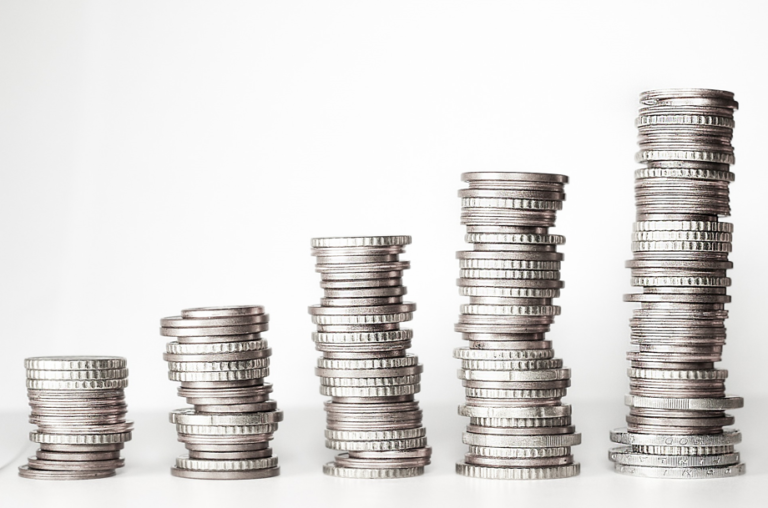Here come my concerns about problems that China’s economy is still facing. On one hand, although China’s large-scale lending and infrastructure spending projects have boosted domestic economy, it cannot be maintained indefinitely. The large level of borrowing will ultimately lead to a rise in non-performing loans on the balance sheets of major banks, which is likely to undermine efforts to reform the banking system. On the other hand, interest rate is still restrained currently and China has placed numerous restrictions on cross-border capital flows for a long time, particularly outflows. These restrictions compel Chinese firms and citizens to invest savings domestically, such as in banks, stock markets and real estate. As a result, investment channels are seriously blocked for Chinese and it leads to more and more illegal money shift activities overseas. More importantly, I hold the opinion that weak consumer demand, overbuilding, and the rise of a predatory shadow banking system have gone hand in hand in China many times before and they are increasing the possibility of a hard landing for the country’s economy.
The following suggestions should be seriously considered by the government for improving the quality of economic growth. First, more credit allocations from central bank to regional banks are needed to ensure sufficient liquidity for private enterprises. Take Wenzhou as an example, many small and medium-sized enterprises addressed a severe shortage of funds because financial institutions are more cautious about loans after the financial crisis. Therefore, the central bank should consider lowering the reserve requirement ratio in order to stimulate credit market and bring relief to private sector. However, either the reserve requirement ratio or the deposit rate should not be too low, otherwise the real return on average will be negative, which is disadvantageous to people’s living standard and the well-being of society.
Second, it is highly important for China to regulate speculations in informal credit market through formulating rules and laws, and encourage fiscal subsidies on specific public projects. There are potential investment bubbles in the underground credit market with unfair access to credit. Once these bubbles break out, enterprises that create job opportunities will be hurt on a large scale, which is detrimental to the real economy. Thus, the government needs to narrow the gap of credit cost, such as discard the bias between state-owned banks and private enterprises, which makes it easier for genuine new starts to get required capital funding. Meanwhile, the government should be aware of financial risks arisen by “hot money” in the real estate and stock markets. To reduce this, it is important for China to closely monitor cross-border capital flows. Unregistered or speculative cross-border capital is forbidden to flow into China. In that way, China’s capital account will be much more transparent and convertible through legal channels.
More importantly, I propose that Chinese manufacturers need to shift from labor-intensive enterprises to technology-intensive enterprises so that their competitiveness can be enhanced and capital accumulation can be accelerated, leading to the upgrading of related industrial chains. Furthermore, these small and medium-sized enterprises can provide sufficient job opportunities and generate higher capital return rates than before, which reduce regional income disparities between north and south China directly. As a result, people can spend money directly rather than worry about putting away these huge amounts of money for 20 or 30 years. Besides, healthcare and education reforms are warmly welcomed, which offers a best solution to move from the current export-led economy to a consumption-led economy in the long run.
In summary, although recessions and chaos in global financial markets are likely to continue in the future, I maintain that it is still vital for China to keep an eye on the big picture of global transformation. To promote long-term economic growth with fewer bubbles and more social fairness, China still needs improvement in financial markets by allocating more appropriate credit to the real economy, regulation in credit market, supervision on “hot money”, transformation in manufacturing industry, and reforms in healthcare and education fields. By focusing more attention on achieving sustainable development instead of expanding blindly, there’s possibility for China to achieve both macro stability and sustainable growth. With the continuing debt crisis in Europe and the faltering real economy in China, I look for a 8% to 9% growth in the country’s GDP this year, which is lower than the year before, but hope for a much bright future for China’s economy.




